Is it normal to have coffee grounds at the bottom of a latte cup? How to solve the problem with powder in espresso extraction?

I do not know if you have ever encountered such a situation: after drinking the coffee, a look at the bottom of the cup, deposited some small powder particles; sometimes went to the store to buy a cup of iced latte, found that there is also black slag at the bottom.
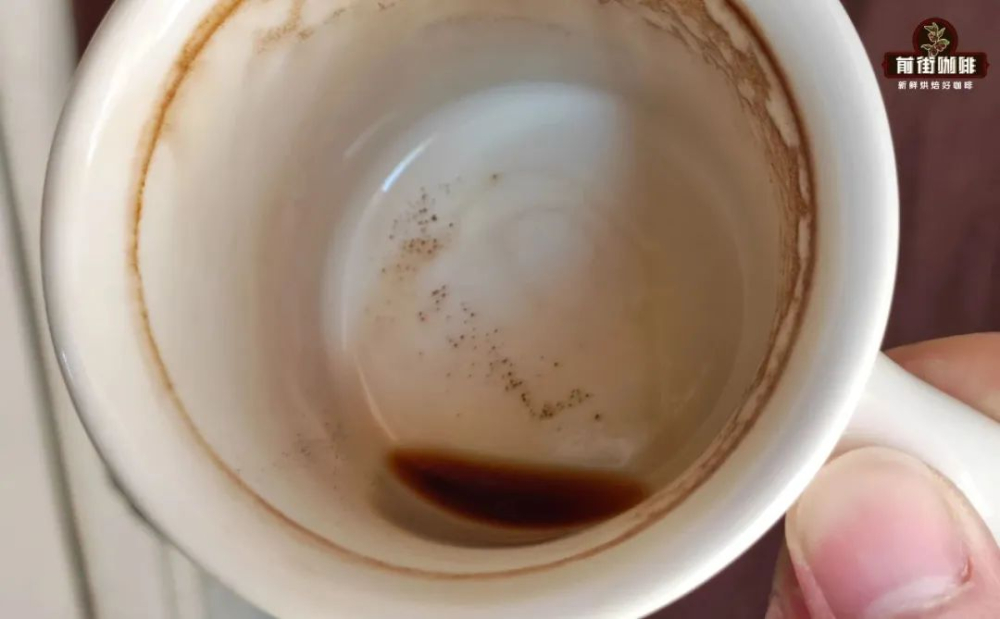
Is this a normal situation? Does it affect drinking?
These black powder particles deposited at the bottom of the coffee cup are the ultra-fine powder that passes through the hole in the powder bowl and falls with the coffee liquid. It is the same reason that there are some soybean dregs in soymilk and a little pulp in the juice.
If the ultra-fine powder particles in a single shot are only trace, it is a normal phenomenon. It will not affect the change in the taste of coffee, nor will it be harmful to health, or even negligible. When you observe with the naked eye, you find that the black particles are obviously mixed in the coffee, which means that there is an "unusual" amount of powder, which is most likely due to a problem with some part of the extraction.
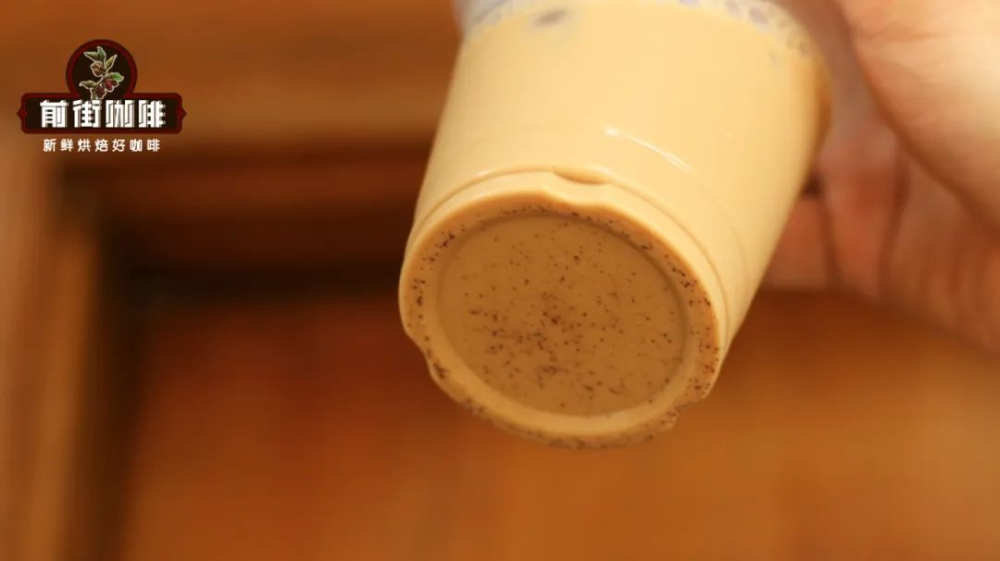
Why are there so many fine powders?
You know, Italian ground coffee powder is as delicate as frosting, its particle size is about 150-300 microns, the thickness and uniformity can not be observed by the naked eye, you need to look at the extraction state of the coffee liquid to grasp the correct grinding. The powder bowl used in Italian extraction is a mesh composed of fine holes as a filtering apparatus. If the powder bowl is raised toward the light source, the light passing through the mesh is the size of the hole.
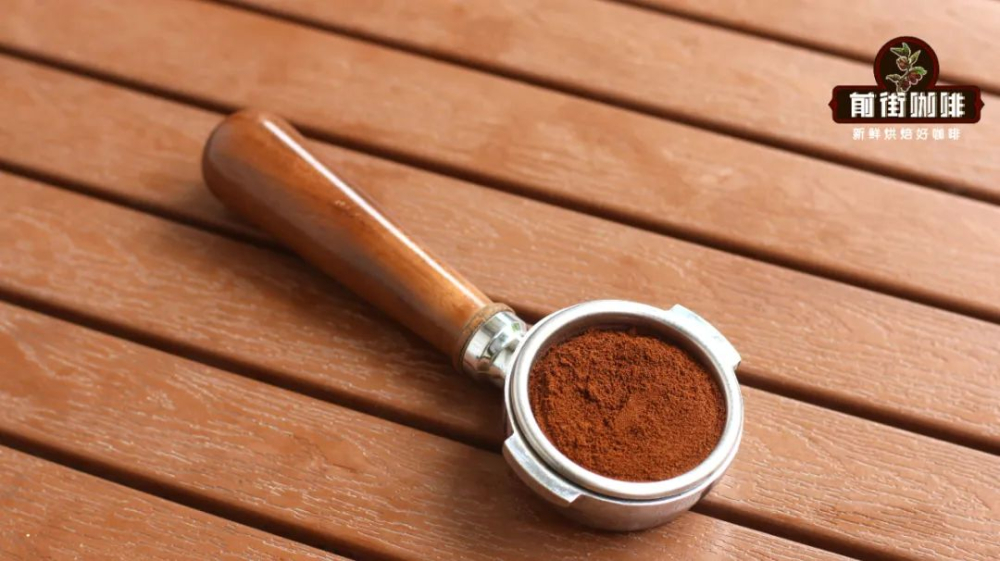
When the coffee powder is ground to very fine, the ultra-fine powder increases, and in the state of high pressure extraction, particles smaller than these pores are easily pushed out by hot water and fall into the coffee. The fine powder that falls into the coffee usually does not sink to the bottom immediately, but slowly sinks to the bottom of the cup after a few minutes without stirring. If you drink directly, most of the fine powder will be eaten together with the coffee liquid.
In addition to grinding, some careless operations can also lead to coffee produced with unusual powder dregs. For example, the brewing head of the coffee machine is glued to a handful of residual powder, which is not washed off in time. Or if there is a little powder rubbed on the handle, it is possible to move into the cup.
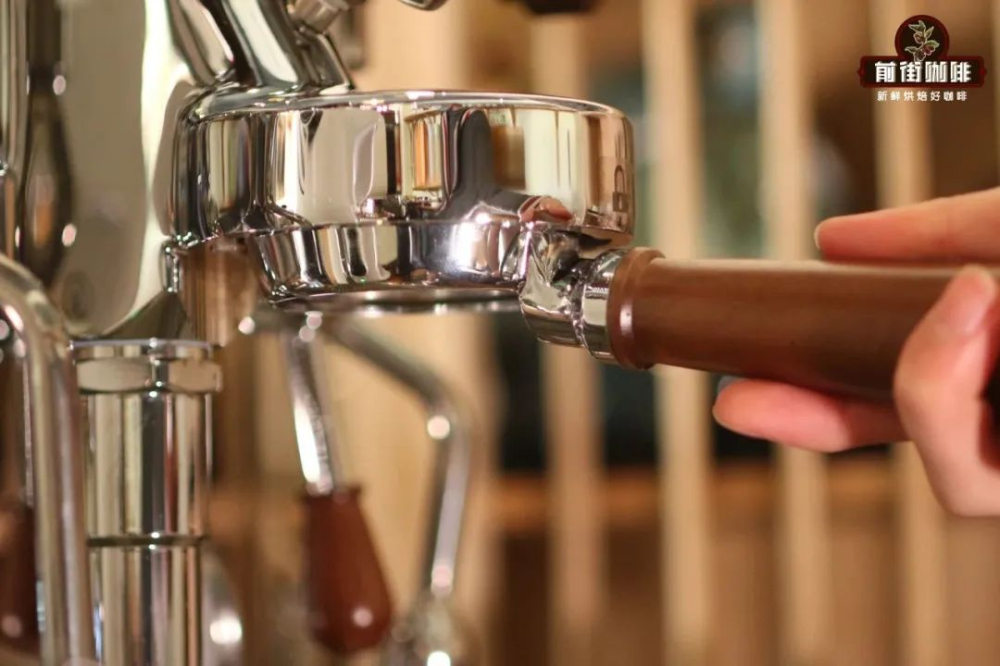
So, how should it be solved?
1. First of all, check to see if the powder is caused by improper operation. If so, you should pay attention to the good habit of cleaning the head and handle at any time to avoid turbid matter in the coffee.
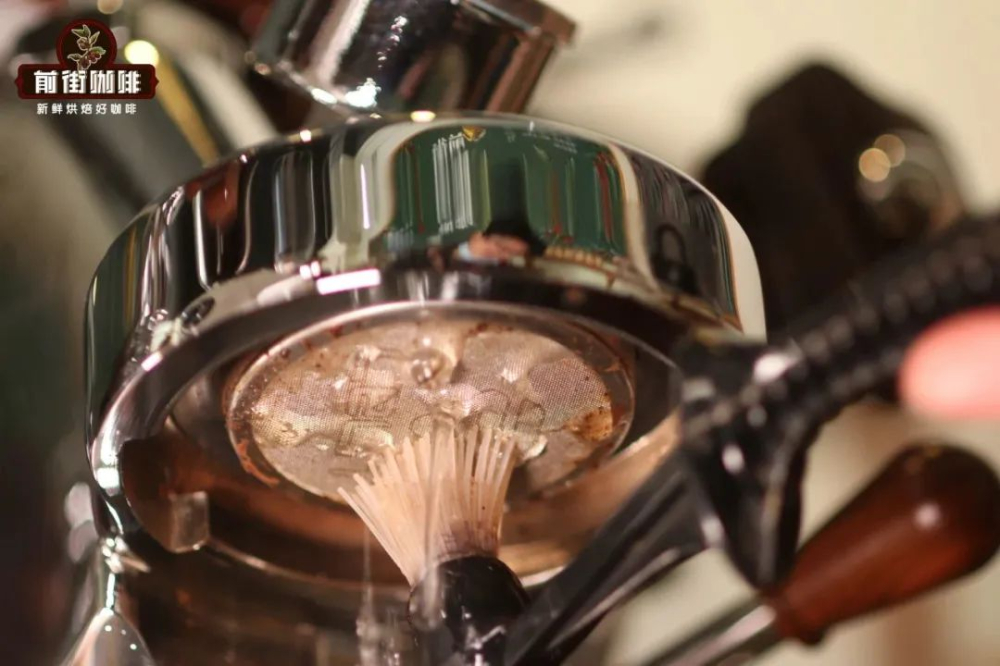
two。 Affected by high temperature and high pressure for a long time, the mesh on the powder bowl will be deformed, allowing more fine powder to pass through. However, this situation is not common and can only occur after 1-2 years of intensive use. Just point the powder bowl at the light and see if any of these pores are getting bigger. If so, it means that the powder bowl needs to be replaced.
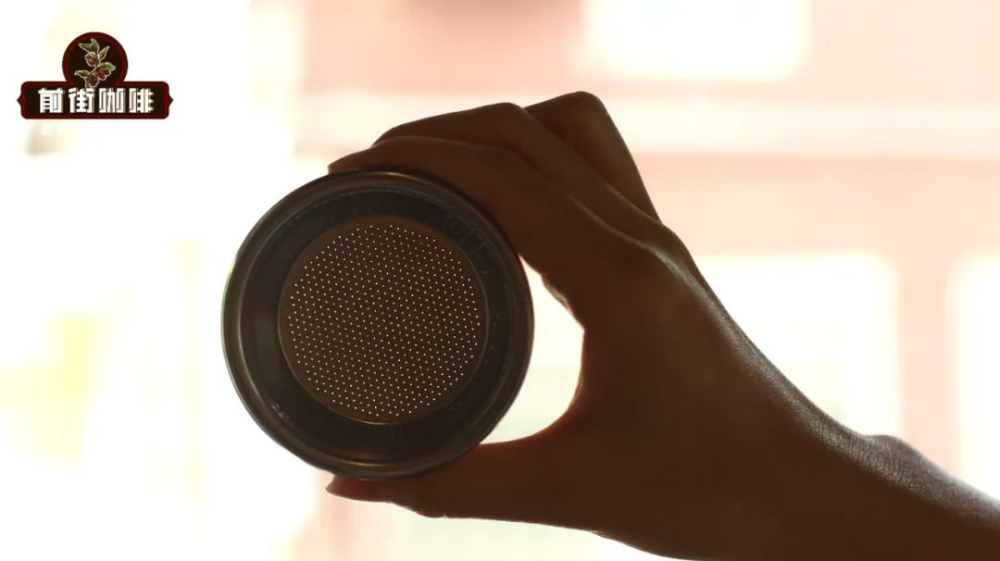
3. If the flow rate of coffee extraction is slow and the distribution of fine powder is too much, Qianjie suggests that the degree of grinding should be thickened to make the whole particle larger, so that the ultra-fine powder will be reduced accordingly. At this time, if the flow rate of coffee becomes faster and the flavor is weak, it can be coordinated by adding powder properly.
4. Filter paper is the best filter equipment at present, which can block solids and oils and other substances, and the coffee extracted with filter paper has the highest cleanliness. If your coffee still contains a small amount of powder after roughing and grinding, and it is difficult to accept them, you might as well put a round filter paper on the powder bowl for extraction.
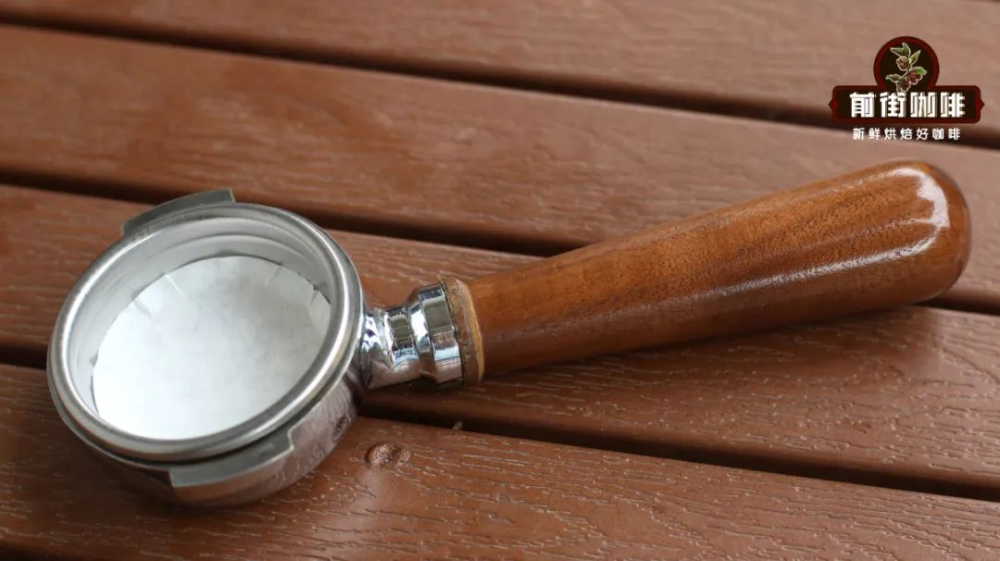
Therefore, when using filter paper to extract espresso, the degree of grinding should be adjusted (slightly fine), otherwise the concentrated flavor will certainly change.
-END-
Front Street Cafe
No. 10 Baoqian street, Yandun road, Dongshankou, Yuexiu district, Guangzhou, Guangdong province

Important Notice :
前街咖啡 FrontStreet Coffee has moved to new addredd:
FrontStreet Coffee Address: 315,Donghua East Road,GuangZhou
Tel:020 38364473
- Prev

What is the basis of the roasting degree of coffee beans? How the roasting degree affects the flavor of coffee
Coffee flavor, 60% source raw beans, 30% source roasting, 10% source brewing. It can be seen that there are many factors affecting the flavor of coffee. So, as a roaster, how to determine the degree of roasting of coffee beans? Let's talk about the confirmation of baking style today. We need to remind you of two points, coffee.
- Next

Shall I stir the coffee by hand? What are the stirring techniques?
Recently, when Qianjie was surfing the Internet, it was found that many hand-brewing enthusiasts like to add a mixing powder layer in the process of making coffee, hoping to improve the extraction of certain flavors, such as the sweetness of coffee. Is stirring really that effective? What do you pay attention to when using mixing techniques? Let's talk about hand coffee in front of the street today.
Related
- Beginners will see the "Coffee pull flower" guide!
- What is the difference between ice blog purified milk and ordinary milk coffee?
- Why is the Philippines the largest producer of crops in Liberia?
- For coffee extraction, should the fine powder be retained?
- How does extracted espresso fill pressed powder? How much strength does it take to press the powder?
- How to make jasmine cold extract coffee? Is the jasmine + latte good?
- Will this little toy really make the coffee taste better? How does Lily Drip affect coffee extraction?
- Will the action of slapping the filter cup also affect coffee extraction?
- What's the difference between powder-to-water ratio and powder-to-liquid ratio?
- What is the Ethiopian local species? What does it have to do with Heirloom native species?

